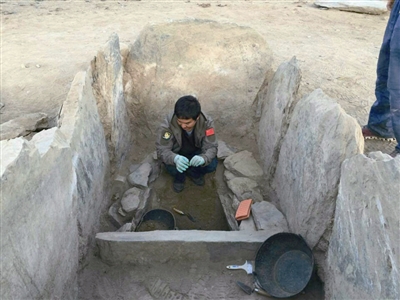Now the news continues.
British scientists have found that sitting for long periods is not associated with an increased risk of dying.
According to a study released recently by the University of Exeter, the findings challenge previous research suggesting that the act of sitting itself causes harm even when people routinely walk a lot or do other exercise. The findings also contradict recommendations by Britain's National Health Service that remaining seated for too long is bad for your health, regardless of how much exercise you do.
The study followed more than 5,000 participants for 16 years. The participants provided information on total sitting time and on four other specific types of sitting behavior. These included sitting at work, during leisure time, while watching TV, and sitting during leisure time excluding TV. They were also asked to provide details on daily walking and time spent engaged in moderate to vigorous physical activity.
The study showed that over the 16-year follow-up period, none of these sitting measures influenced mortality risk.
The findings overturned current thinking on the health risks of sitting and indicated that the problem lies in the absence of movement rather than the time spent sitting itself.
According to the researchers, any stationary posture where energy expenditure is low may be detrimental to health, be it sitting or standing.

This is NEWS Plus Special English.
Archaeologists in Xinjiang have found a 3,000-year-old stone coffin with another coffin inside.
The discovery, the first of its kind in Xinjiang, was made earlier this month in Qinghe County in the northwest autonomous region.
Human bones were scattered in the outer coffin, which measures 3 meters long and 2 meters wide. The inner casket measures 1.7 meters long and 1-and-a-half meters wide. It contains a complete skeleton of a female adult, along with pottery, animal bones and stone tools.
The large coffin is at least 3,500 years old while the small one was made 1,000 years after that. The researchers say the smaller casket may have been designed according to the size of the larger one and was then put inside.
Modern equipment is used during the excavation including a drone for aero-photography. The findings are significant for research into the history and culture of early nomads in the Altai region.












